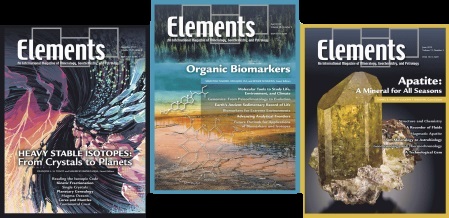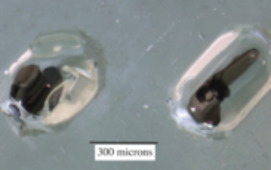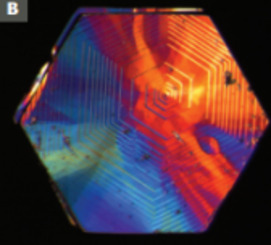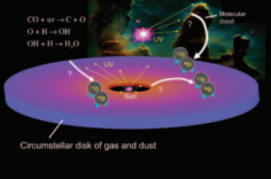Hydrothermal Graphitic Carbon
Graphitic carbon deposited from hydrothermal fluids occurs globally, in rocks from all depths in Earth’s crust and ranging in age from Precambrian to Tertiary. The varieties of deposits include graphitic cones and “artichokes” filling rock pores, explosively injected veins, graphitic pegmatites with platinum-bearing ores, and isochemical–“iso-isotopic” reactions of calcite + quartz to form graphite + wollastonite. In many deposits, carbon’s structure attains well-ordered, nearly perfect graphite crystallinity. The carbon isotope composition of hydrothermal graphitic material ranges widely, from that of biogenic organic debris to that of biogenic carbonate minerals, and overlaps the isotopic composition of mantle carbon as measured in diamonds.
Hydrothermal Graphitic Carbon Read More »




